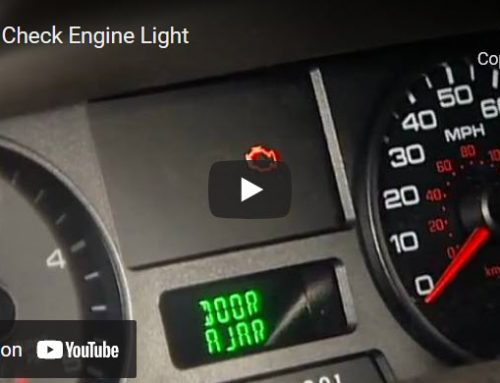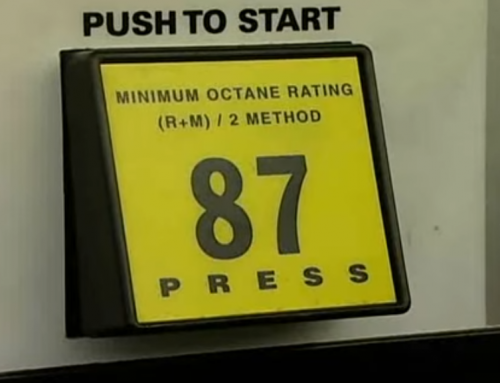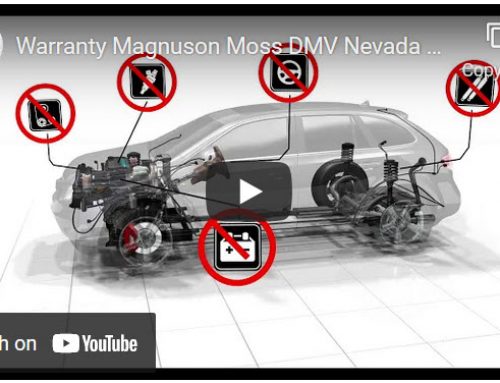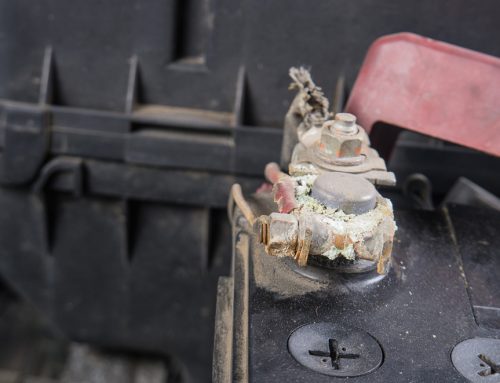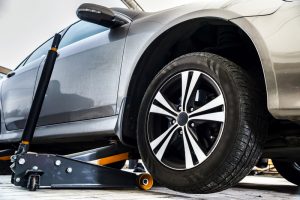 Today’s tires have become so trouble-free that many drivers ignore them completely, skipping critical inspections and maintenance procedures until there is a problem. Among the steps often ignored is tire rotation.
Today’s tires have become so trouble-free that many drivers ignore them completely, skipping critical inspections and maintenance procedures until there is a problem. Among the steps often ignored is tire rotation.
Tire Rotation Defined — Tire rotation involves moving tires from one position on a vehicle to another. A typical tire rotation would move the front tires to the rear, and the tires at the rear of the vehicle to the front.
Often in this procedure, one set of tires also changes sides. For example, the left and right rear tires would change sides when moved to the front of the vehicle, while the front tires would stay on their respective sides when moved to the rear.
The pattern will vary from vehicle to vehicle. You should follow the pattern outlined in your owner’s manual.
Typically, tire rotation is called for every 5,000 to 7,500 miles, though there are exceptions. Again, the owner’s manual will spell out what should be done for your vehicle.
Why Rotate Tires — Tire rotation is undertaken to ensure that the tires wear evenly. This can extend tire life and save you money
Even tire wear is also important for balanced handling. For example, failure to rotate tires on a front-wheel-drive vehicle will eventually result in the front tires having significantly less tread than the rear tires. In an emergency, this could make the vehicle more difficult to control, especially if the road is wet.
Some cars with no suspension or alignment problems may also inflict unusual wear patterns on tires that are not rotated, shortening their life. Tread cupping, which can cause high noise levels and vibration, is one such unusual wear pattern that can be eliminated by rotating the tires.
There is another important reason for rotating the tires on a regular schedule: The tire maker may require it to keep its warranty in force.
Front-Wheel Drive
Tires wear differently depending on their location on the vehicle and the vehicle’s drivetrain.
Front-wheel-drive vehicles wear front tires more quickly than rear tires, since the front tires transfer power to the road and steer the vehicle.
Whether you rotate your tires yourself or pay to have the tires rotated, the following should be done:
- Thoroughly examine each tire for possible tread or sidewall damage. Remember to check both the inner and outer sidewalls.
- Use a torque wrench when tightening the lug nuts. This will ensure that the wheels are properly mounted on the vehicle. Too little tightening and the lug nuts could loosen, possibly resulting in wheel separation while driving. Too much tightening risks possible brake rotor warping, resulting in vibration while stopping and longer stopping distances. It also could mean that, in the event of a flat, you would be unable to remove the lug nuts when using the short wrench that comes with many vehicles, since it provides little leverage. Typical tightening specifications call for 75 to 100 pound-feet of torque, though some cars call for much more. The owner’s manual should have this specification.
- Check the air pressure, or on cars that require different pressures in the front and rear tires, adjust the air pressure, when performing a tire rotation. Use a quality gauge when the tires are cold to get an accurate reading.
• While tire rotation is important, it will not correct uneven wear caused by previous suspension, alignment, or inflation problems.


